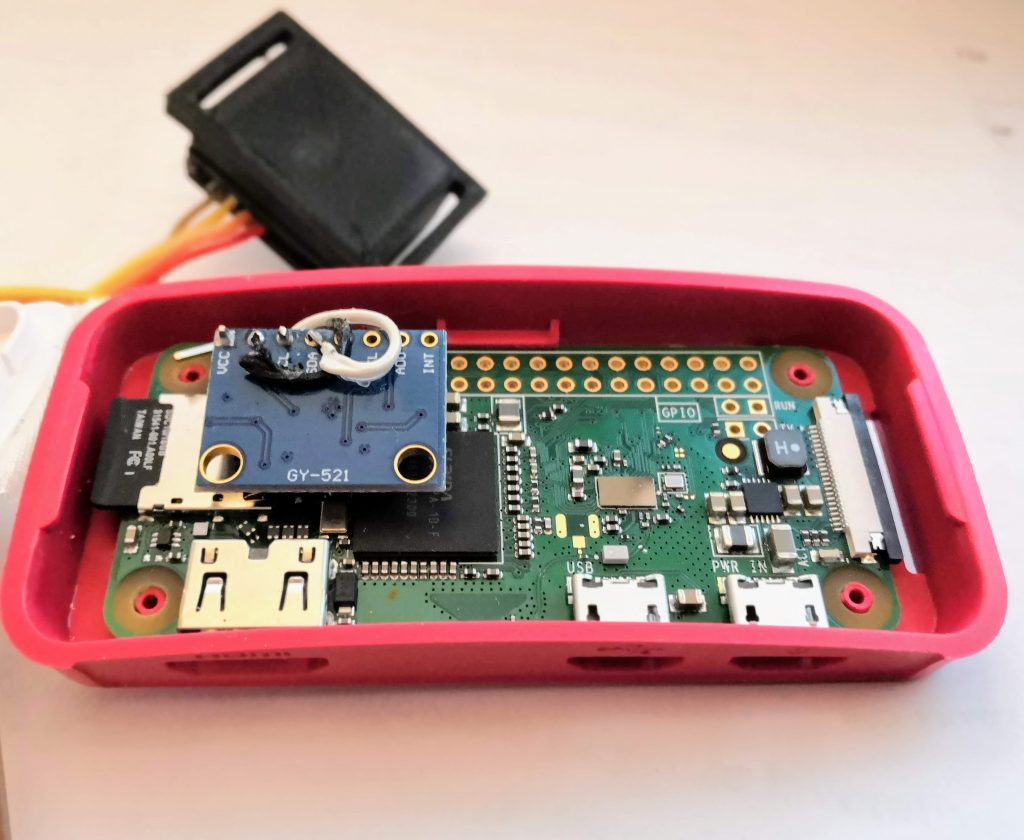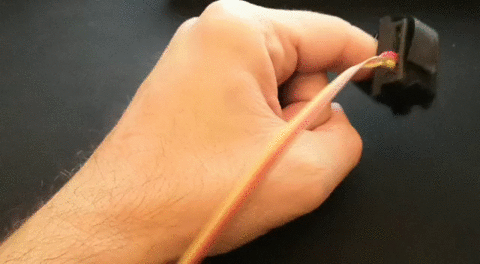Project status: open. Looking for researchers, coders, partners
Raspberry Pi Zero W hit the market on February 2017. It’s equipped with 512Mb RAM, a WiFi 802.11n module and Bluetooth connectivity. For sure it’s one of the smallest and affordable (and yet sufficiently powerful) computer on the market. A full kit costs under 30$.
Raspberry Pi Zero is also a wearable device: with a small enclosure and a smartphone power bank, it’s small enough to fit in a pocket.
Its standard ports allows for a wide choice of sensors: from GPS, to thermocouples, to accelerometers.
Accelerometers are very interesting add-ons: smaller than a coin, they can be placed anywhere and allows for recording even the smallest movement.

That’s why they are spot-on for movement disorder analysis.
This project features two sensors: one (fixed) on the RPi Zero board, and one placed at the end of a ribbon cable. First one is placed on shoulder joint (by means of a strap), the latter on the tip of a fingers.
Accelerations data are uploaded in realtime to ThingSpeak server, and subsequently plotted.
Code is witten in Python, and feature a real time FFT as well as data logging in ascii format on the SD card.

A single charge of the powerbank allows for at least 24 hours of recording and uploading.
Project is up and working, but there’s still a lot of things to do:
- Find a better (and more customizable) plot platform. ThingSpeak cannot plot data in realtime
- Clean the code
- Create a GUI (even a web interface with a local server would be great) for data analysis and device setup
- Validate the method (sci-paper)